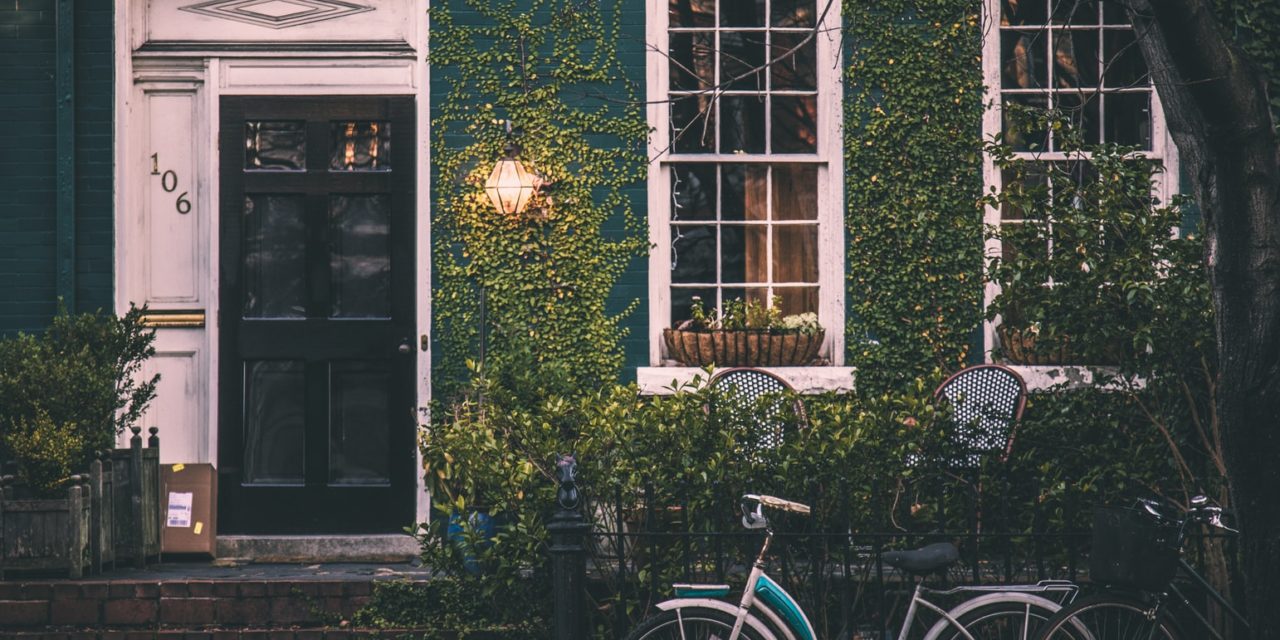[ad_1]
A shade sail supported by posts is essentially a small construction project . Holes need to be measured and dug, posts sourced and concreted in. Several site visits are also needed to secure accurate measurements throughout the project. All of this work can be costly if using a 3rd party installer. There are a few points to consider if you are measuring and installing yourself.
- DIY pitfalls to avoid: Before buying a shade sail, measure the shade area first and identify possible fixing points. We many calls from customers who have bought a DIY shade sail, get home only to find it will not match up with available fixing points!
- Properly tensioned sails have curved or concave edges and the depth of the curve is about 10% in from the outer of the sail. Remember when measuring this curvature and the use of fixings means that the sail covers a smaller area.
- Sails on a level plane can hold water. Consider the slope of the material to shed water. The most common solution is to have opposite corners at significantly different heights.
- If not pulled taut and twisted sails can become unstable in wind. It must be tensioned properly to have some curvature and be twisted into a hypar shape.
- Avoid poor quality weave canvas which can hang limp and absorb water.
- Sails manufactured with single line or poor chain stitching as this can come undone when under tension or stress. Too many seams in the sail can split under tension.
- Corner rings not made of galvanized steel can rust and discolor surrounding material.
Once the overall dimensions are finalized, the sail cloth area and the number of fixing devices needed to pull the sail into tension can be costed.
[ad_2]
Source by Philippa Smyth


